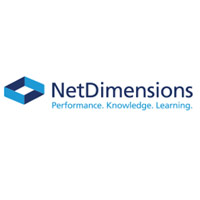As you switch out your legacy LMS for a cloud-based LMS solution, you must investigate the real estate and terrain that comes with every offering. Everyone has different needs and expectations when it comes to the place we call ‘home’ – and the same goes for an organization’s network infrastructure (or learning program ‘homes’).
Much like brick-and-mortar construction, the process of configuring cloud software architecture starts with careful planning. For most organizations, it becomes prohibitively expensive to alter blueprints once basic elements are in place. A good place to start in choosing your cloud-based LMS is deciding between a multi-tenant or a single-tenant solution.
The benefits breakdown
Don’t let the names fool you: ‘single’- and ‘multi’- are not prefaces that refer to the number of advantages each architecture comes with!
A multi-tenant LMS provides an architecture in which multiple companies store their data in the same, shared place. While everyone shares the architecture, it is divided so that each company has its own designated area to store data. Still, everyone has the same ‘home’ base.
On the other hand, with a single-tenant LMS, each customer has its own instance of the software. When you implement a single-tenant LMS, you can build your own supporting architecture around it.
Using a multi-tenant LMS is much like buying a condo unit. With multi-tenant software, you’re tapping into the same database as other customers of your selected solutions provider.
Now, think about that sprawling mansion you imagined your adult self living in when you were a child, conjuring up your dream home. Unlike a single unit in an apartment complex, a standalone house allows far more personalization options. Similarly, with a single-tenant system, users can customize the solution around the software to accommodate their environment.

